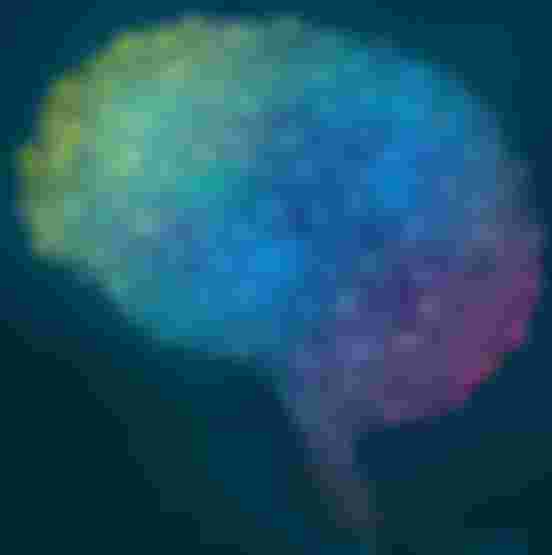
A simple question may come to mind - "How do we know what part of the brain is, what functions it controls!" Let's learn the techniques and techniques to understand which part of the brain controls the functions or behaviors of the body:
1) Fragmentation: Aristotle started this work in his own time Since then, the current system has improved. Advances in technology have made it possible to observe the cross-sections of different parts of the brain very finely.
2) Spatial Resolution & Temporal Resolution: Through the first we can know which part of the brain is active, it can be known through fMRI. Through the second we know exactly when, which work, that part is activated for behavior; EEG, TMS are used for this purpose.
3) EEG: Electro Encephalo Gram - is the name of electricity. The small metal disc is used as an electric gate, which can detect electrical signals from different parts of the brain. I have already said what is used for.
4) fMRI: Functional Magnetic Resonance Imaging - The main basis of this method is, "Neuro activation is related to blood pressure, flow in the brain and cerebrum." This means that when any part of the brain is used for any purpose, the blood flow to that part increases. fMRI measures the activity of the brain by measuring changes in this blood circulation.
5) CAT: Computed Axial Tomography - much like X-rays. X-rays do not show soft tissue images, CAT does. Using the same amount of radiation used in X-rays, one hundred times clearer images can be obtained.
6) Lesions or ablate: The two words have the same meaning - loss or deprivation. Suppose I surgically removed some part from your brain. As a result, the functions that the organ controls will become completely inactive, or weakened (the rest of the brain may not be completely inactive as it is in charge of controlling the same function), the behavior will change. By removing different parts from the brains of different animals, the functions of that part can be known from the changes. In many cases, the human brain is damaged in an accident, but the results are still the same, the damage to any part of the damage to any organ is known.
6) TMS: Transcranial Magnetic Stimulation - Suppose you stuck a magnet coil with your skull. This time we will change the magnetic flux flowing through that coil at every moment. We know that the change in current is just as great as the change in magnetic field. This change in the magnetic field will result in তৈরি electric current being generated in the coil Our brain also works through electrical signals. As a result, the electric current flowing in this coil inside the brain will create an induction. This will cause the flow of electrical signals induced in the part of the brain.
6) tDCS: Transcranial Direct Current Stimulation- It is completely similar to the number 7. It is also used for the same purpose. The difference is that direct current flows from the outside, rather than through the brain. Electrodes are used instead of magnetic coils.
9) PET: Positron Emission Tomography- First the radioactive substance is injected into the blood. Then he is asked to do something. When he works, the blood flow to the part of the brain associated with that work increases. This radioactive substance then radiates positrons and is detected in the instrument.
10) DOI: Diffuse Optical Imaging - The latest technique in this article. All that I have said so far is that some are used in temporal resolution and some in spatial resolution. DOI is used equally in both tasks. When the word optic is used, it means light has a relationship with it. First light is introduced into the brain, infrared rays. When this ray is bound to different neurons, its properties change. In addition, the diffusion of light in the blood also causes changes in the properties of light. The next step is to collect and analyze this light. As a result, various information about the brain is known.
Here are ten techniques and techniques for learning about different parts of the brain.
@TheRandomRewarder sir please check my article and inspire me.of you inspire me i will be inspired and try to write better in the next

well done